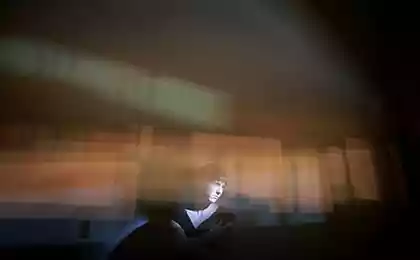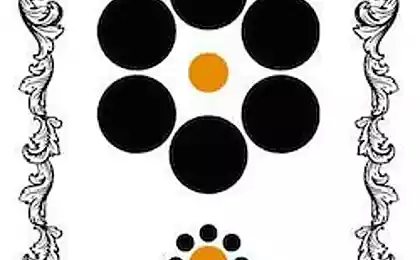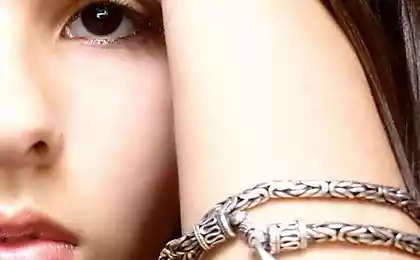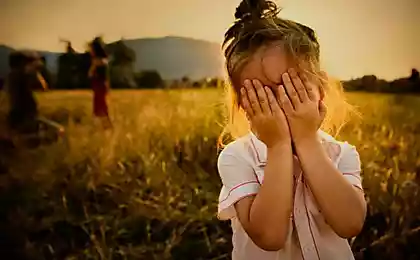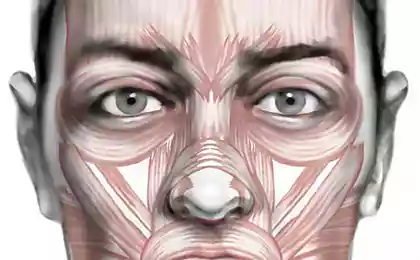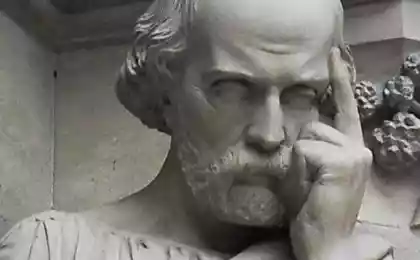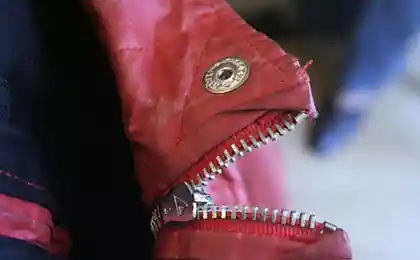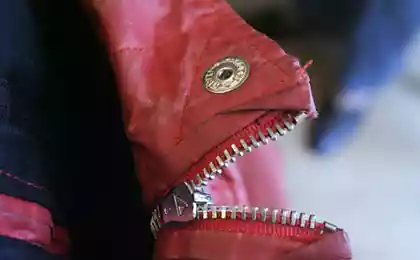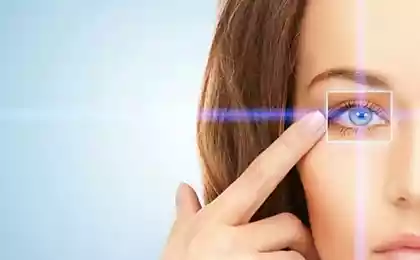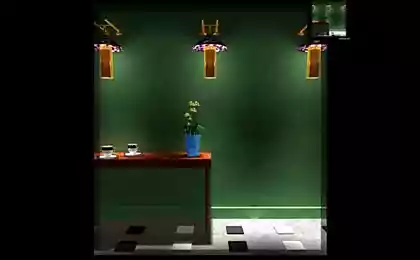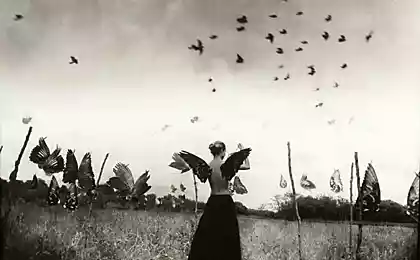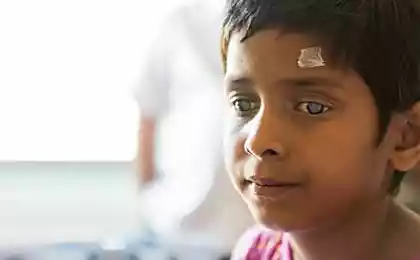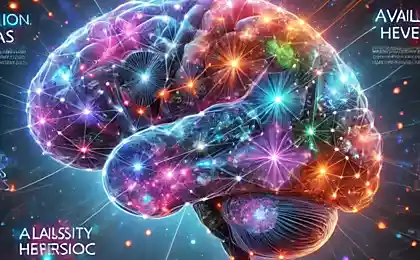229
Why We See Faces in Clouds: The Neuroscience of Pareidolia

Have you ever noticed faces appearing in the clouds? Or maybe you came across the silhouettes of people in tree patterns or the silhouette of the Mona Lisa in charred toast? This phenomenon is called pareidolia, a phenomenon in which our brains find meaningful images in random patterns.
What is pareidolia?
Pareidolia (from the Greek para - "near" and eidolon - "image") is the property of human perception to see familiar images where they are not. This effect is due to the peculiarities of our visual system and cognitive mechanisms.
Pareidolia Neurobiology: How Does Our Brain Work?
Our brains are constantly looking for meaningful images to respond more quickly to possible threats or social cues. Studies using functional magnetic resonance imaging (fMRI) show that pareidolia activates the same area of the brain as recognition of real faces. fusiform gyrus (fusiform gyrus). This proves that our brains “prefer” to see faces even when they are not there.
Evolutionary hypothesis
Some scientists believe that the ability to quickly recognize faces in the environment developed in our ancestors as a survival mechanism. A person who had previously spotted other people's faces or potential predators in the bushes had a better chance of survival.

Pareidolia in art and religion
The phenomenon of pareidolia was widely used by artists, mystics and philosophers:
- Leonardo da Vinci He said that an artist could be inspired by random spots on a wall or stone textures.
- Salvador Dali He used optical illusions and hidden images in his paintings.
- In medieval churches you can find images of saints in marble divorces or shadows on walls.
- In many cultures, seeing religious images (such as Jesus or Buddha) on objects is considered a sign.
Scientific experiments: how to test pareidolia?
Scientists are conducting interesting experiments to understand how easily people perceive random images as meaningful. For example, in one study, subjects were shown blurry images and asked to guess what they showed. Many participants saw faces where they were not.
Pareidolia in numbers
- Studies have shown that 80% People experience pareidolia at least once in their lives.
- Children more often They are susceptible to this effect because their brains are still learning to classify images.
- People with high levels of anxiety more often They see “mysterious” faces in shadows and patterns.
Could pareidolia be a sign of mental disorders?
Although pareidolia is normal, in some cases it may be associated with neurological or psychiatric conditions:
- Schizophrenia: People with psychosis may see complex images in random patterns and give them special meaning.
- Parkinsonism: Studies show that patients with Parkinson's disease are more likely to have pareidolia.

Conclusion: an illusion or a feature of evolution?
Pareidolia is not just an illusion, but an important feature of our perception that allows the brain to quickly process information. This phenomenon combines science, art and culture to explain why we see faces in clouds, religious symbols in stains on walls, and even monsters in shadows.
So, if the next time you think that a smiling face is carved on a tree, do not rush to consider it a ghost. It's just your brain that seek order in chaos.
Have you ever noticed faces in clouds or patterns? Share it in the comments!
How to read the streets: The Secret Codes of Urban Architecture
The impact of social networks on our lives: pros and cons

